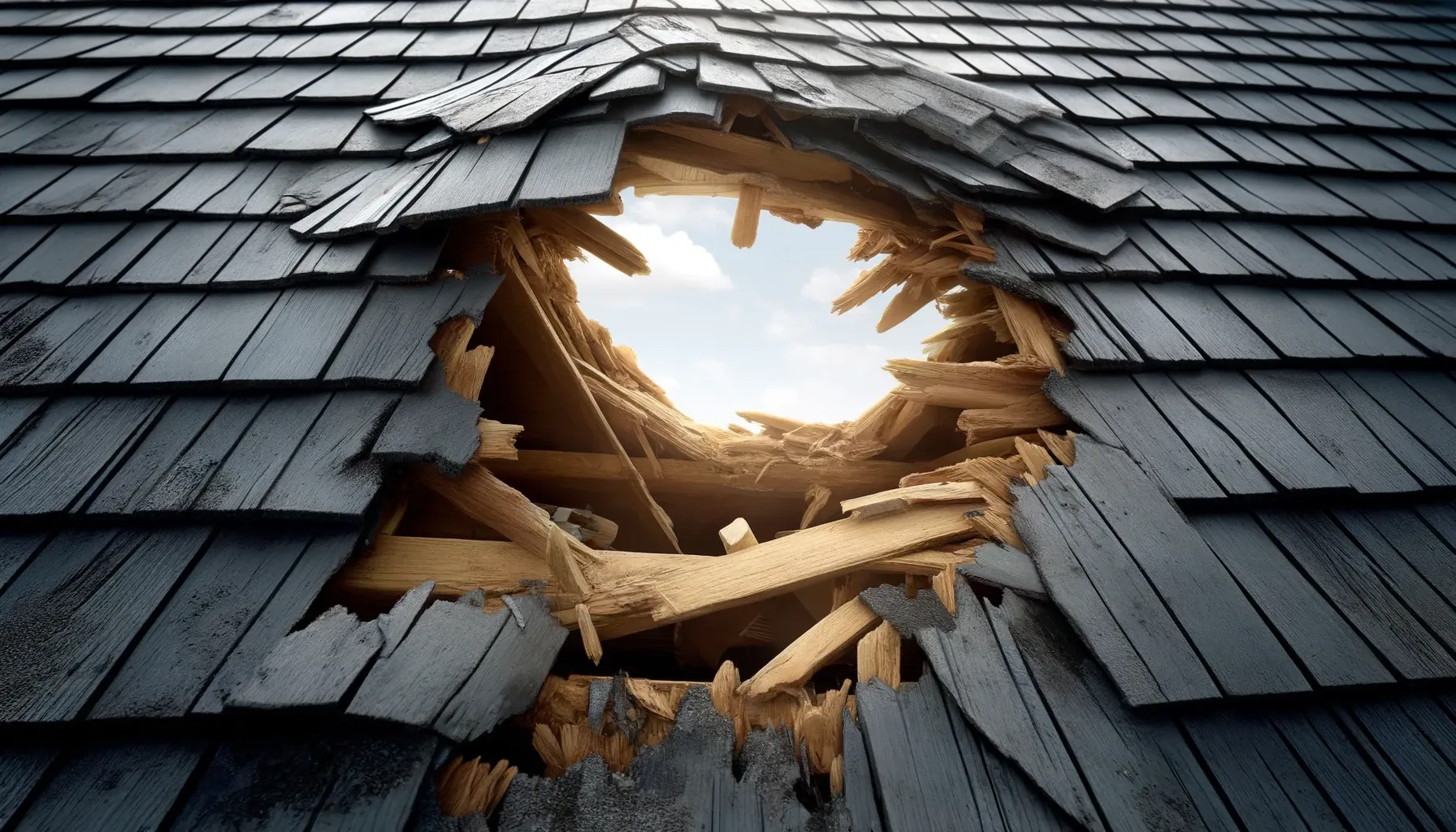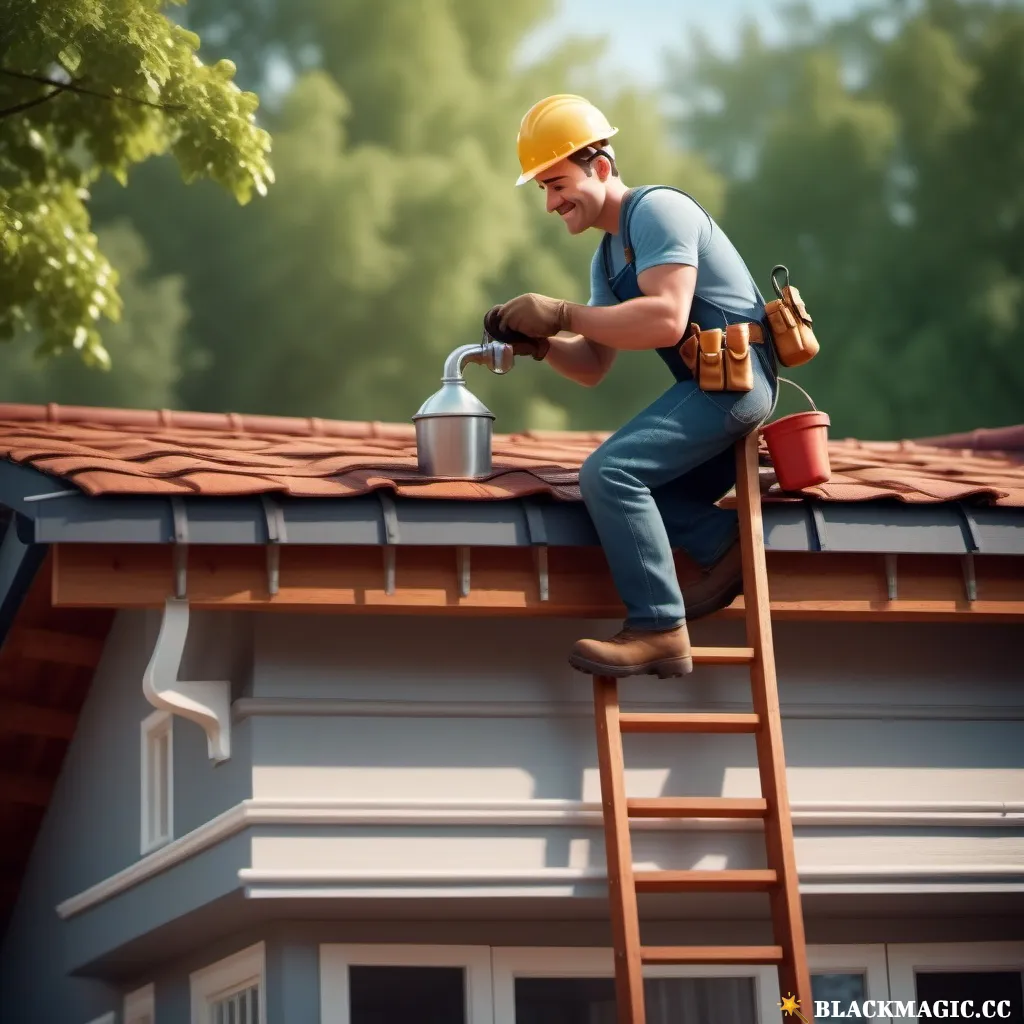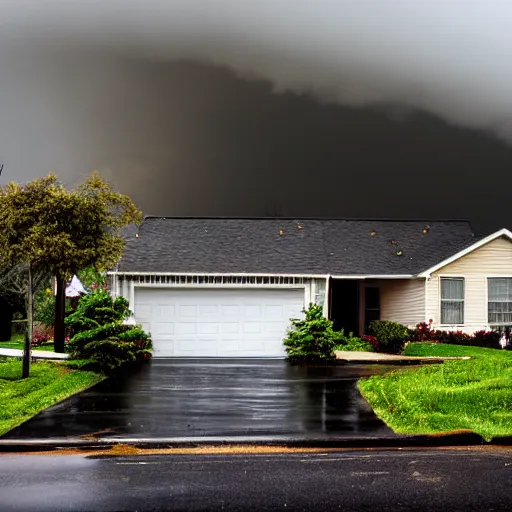How to Find Where the Roof is Leaking?
Today, we want to share some tips on how to locate where your roof is leaking. It can be frustrating and stressful to discover water coming in through your ceiling, but with a systematic approach and some patience, you can pinpoint the exact location of the leak.
By examining your attic, checking the exterior of your roof, and paying attention to any signs of water damage inside your home, you can track down the source of the issue and take steps to repair it before it causes more damage.
How to find where the roof is leaking?
Have you ever dealt with a leaking roof?
It can be a frustrating and stressful situation, but fear not! We are here to help you figure out where the roof is leaking so you can fix it once and for all.

Signs of a leaking roof
Before we dive into finding the exact location of the leak, let's talk about some common signs that indicate your roof is leaking. Look out for water stains on your ceiling or walls, musty odors, peeling paint, or even visible water dripping from the ceiling.
These are all signs that you may have a leaky roof that needs to be addressed.
Check the attic
One of the first places you should check for a roof leak is the attic. Grab a flashlight and carefully inspect the attic space for any signs of water damage. Look for water stains, mold, or damp insulation.
The source of the leak may not always be directly above where you see the water stains, so be sure to take your time and thoroughly inspect the entire area.

Inspect the roof from the outside
Once you've checked the attic and suspect that the leak may be coming from the roof, it's time to head outside and inspect the roof itself. Look for missing, damaged, or loose shingles.
Check for any debris, such as leaves or branches, that may be causing water to pool on the roof. Pay close attention to areas around chimneys, vents, and skylights, as these are common areas for leaks to occur.
Use a hose to simulate rain
If you're still having trouble locating the source of the leak, try using a hose to simulate rainfall. Start at the lowest point of the roof and systematically work your way up, spraying water on different areas of the roof.
Have a partner inside the attic to help you identify where the water is coming in. This method can help pinpoint the exact location of the leak so you can make necessary repairs.
Common areas where leaks occur
While leaks can happen anywhere on the roof, there are some common areas where leaks are more likely to occur.
Here are a few key areas to pay special attention to:
- Area Description Chimneys Check the flashing around the base of the chimney Vents
- Ensure the seals around vents are intact Valleys Valleys are low points where water can collect Skylights
- Inspect the seals and flashing around skylights Gutters Clogged gutters can cause water to back up Fixing the leak
Once you've located the source of the leak, it's time to make the necessary repairs. Depending on the severity of the leak, you may be able to fix it yourself or you may need to call in a professional.
Here are some common DIY fixes for roof leaks:
- Repairing damaged or missing shingles
- Sealing around chimneys, vents, and skylights
- Cleaning out gutters and downspouts
- Applying roof sealant to problem areas
If the leak is more serious or you're not comfortable making the repairs yourself, don't hesitate to contact a roofing professional. It's important to address roof leaks promptly to prevent further water damage to your home.
Preventing future leaks
Once you've fixed the current leak in your roof, it's important to take steps to prevent future leaks from occurring. Regular roof maintenance is key to preventing leaks and extending the lifespan of your roof.
Here are some tips to help you prevent future roof leaks:
- Inspect your roof regularly for damage or wear
- Keep gutters and downspouts clear of debris
- Trim back trees that hang over your roof
- Check attic insulation and ventilation to prevent moisture buildup
- Consider investing in a professional roof inspection every few years
By taking proactive steps to maintain your roof, you can help prevent leaks and ensure that your home stays dry and protected. Remember, a little maintenance now can save you from costly repairs later on.
Finding and fixing a leaky roof can be a daunting task, but with a systematic approach and a little know-how, you can successfully locate and repair the source of the leak. Remember to check the attic, inspect the roof from the outside, and use a hose to simulate rain if needed.
Pay close attention to common problem areas like chimneys, vents, and skylights, and don't hesitate to call in a professional if needed.
By following these tips and taking proactive measures to maintain your roof, you can help prevent leaks in the future and keep your home safe and dry. Don't let a leaky roof stress you out - you've got this!







